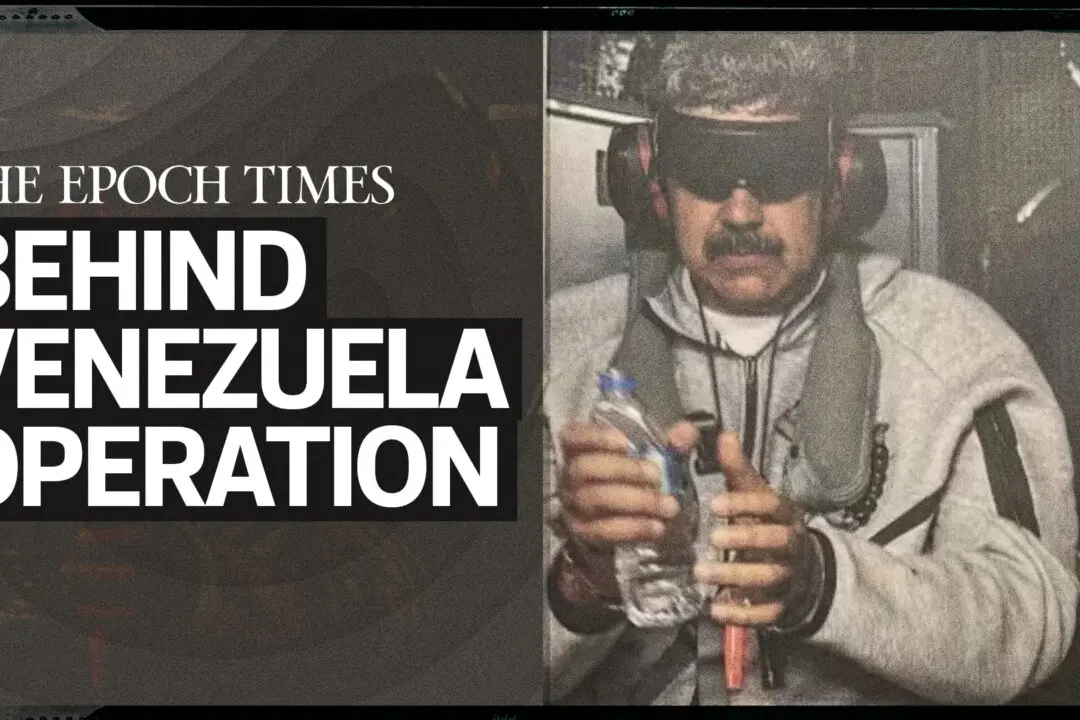When Walt Disney was in a room filled with artists and musicians, something magical really did happen. The animators gathered around Disney were pioneers of a new artform, and they brought to that art the care and depth that was still the norm of craftsmanship.
Director and producer Don Bluth remembers it well. He worked on “Sleeping Beauty” at Disney Studios when Disney was still there, and said in a phone interview the film was “supposed to be a new level of art” with a budget as high as “Ben Hur.”
“Walt said animation is already getting too expensive,” Bluth said, “but I had a wonderful experience of watching the animators draw ... the whole thing had a sort of magic to it, but all of that has been pushed away.”
“Maybe it’s time to bring it back,” he said.
Bluth is hoping to do just that. He and director and producer Gary Goldman, known for films including “An American Tail” and “The Secret of N.I.M.H.,” are coming together once again to breathe new life into animation with their upcoming film, “Dragon’s Lair.”






